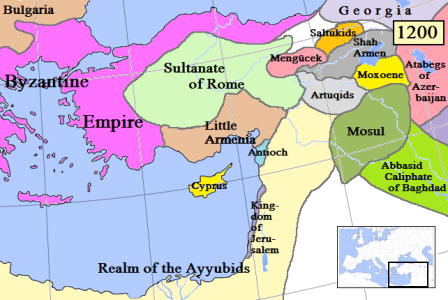Boris Gudenuf
Deity
The Canton system or Canton Regulation was part of a multi-step process that resulted in he overall excellence of the Prussian army by mid-18th century, but it didn't go into effect until 1733, so was not part of my discussion of the earlier rise of the Prussian military.
And the Canton System was established by steps: when Friedrich Wilhelm (Fred the Great's father) became king in 1713 he abolished the old Prussian militia system right away, established universal and life-long service for everyone, and put recruiting under the regimental army officers. That system led to massive abuse and even outright revolt and the occasional murder of regimental officers, so in 1721 the king abolished 'coercive recruiting', but in 1722 he also had to publish edicts against emigration by potential recruits, because his population was running away rather than submit to the tender mercies of the still-forcible recruiters. The problem was that the regiments needed recruits, but the kingdom needed people working at civilian jobs and paying taxes, so that the practice began of giving 'furloughs' to recruits so they could keep working while nominally in uniform. The Canton Regulation of 1733 simply codified this practice: even when they were 'in uniform', troops were only required for military duties (mostly drill and firing practice) during the morning: after noon they were released to pursue their civilian jobs, so that both the regiments and the state got their services virtually simultaneously.
And the Canton System was established by steps: when Friedrich Wilhelm (Fred the Great's father) became king in 1713 he abolished the old Prussian militia system right away, established universal and life-long service for everyone, and put recruiting under the regimental army officers. That system led to massive abuse and even outright revolt and the occasional murder of regimental officers, so in 1721 the king abolished 'coercive recruiting', but in 1722 he also had to publish edicts against emigration by potential recruits, because his population was running away rather than submit to the tender mercies of the still-forcible recruiters. The problem was that the regiments needed recruits, but the kingdom needed people working at civilian jobs and paying taxes, so that the practice began of giving 'furloughs' to recruits so they could keep working while nominally in uniform. The Canton Regulation of 1733 simply codified this practice: even when they were 'in uniform', troops were only required for military duties (mostly drill and firing practice) during the morning: after noon they were released to pursue their civilian jobs, so that both the regiments and the state got their services virtually simultaneously.


 ).
).